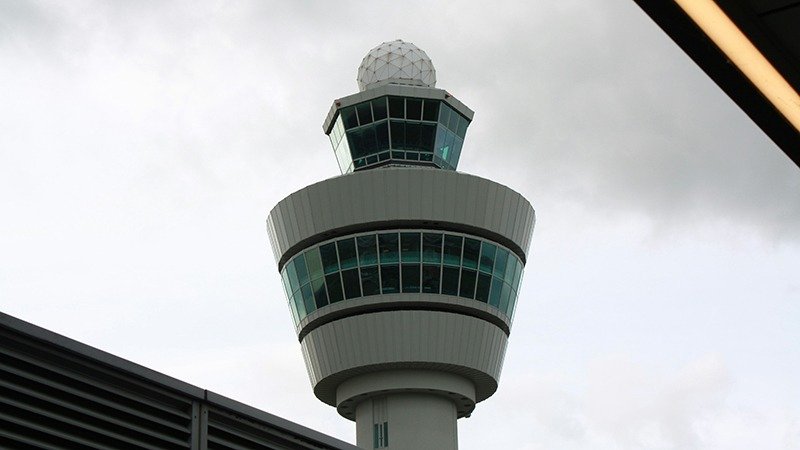Updated at 2 PM ET
The Trump administration has unveiled a comprehensive proposal for a massive overhaul of the United States air traffic control (ATC) system, amidst recent high-profile technical failures at major airports, including Newark, and a tragic plane crash in Washington D.C. in January.
### Urgent Need for Modernization
In a statement, the Transportation Department described the current ATC system as “antiquated” and pledged that the new “state-of-the-art” infrastructure will enhance safety while reducing flight delays. U.S. Transportation Secretary Sean Duffy outlined a plan that aims to implement cutting-edge technology in the air traffic control landscape. “The FAA is going to undertake an initiative that has never been done before,” Duffy declared during a news conference on May 8. “All new hardware, all new software is going to be built into this brand new air traffic control system.”
This urgent need for an upgrade was underscored by an incident in the early hours of May 9, when air traffic controllers lost radar contact with flights at Newark Liberty International Airport for about 90 seconds. A previous outage on April 28 had similarly disrupted operations, temporarily halting departures due to controllers losing communications with aircraft.
### Bold Plans for Air Traffic Control
The announcement saw Duffy requesting multi-billion-dollar funding support from Congress. “If we don’t actually accomplish the mission that we’re announcing today… you will see Newarks in other parts of the country,” he warned, highlighting the aging infrastructure’s widespread impact. Duffy’s argument underscores the necessity for immediate action: “Building this new system is an economic and national security necessity, and the time to fix it is now.”
He drew comparisons to modern technology, stating, “We use radar from the 1970s… this technology is 50 years old that our controllers use to scan the skies and keep airplanes separated from one another.”
### Comprehensive Overhaul Details
The plan entails the construction of six new ATC centers, as well as substantial upgrades to technology and communications within air traffic facilities nationwide over the next three to four years. Key upgrades include replacing outdated copper wiring with fiber optics for radio communications between controllers and pilots, as reported by the New York Times. Additionally, the initiative aims to digitize flight data management tools and modernize deteriorating air traffic control facilities across the country. New technologies are also slated for deployment in Alaska and the Caribbean for enhanced weather and surveillance data accuracy.
### Funding Challenges Ahead
While Duffy did not specify a price tag for the overhaul, Politico reports that the “Modern Skies Coalition” — which encompasses a multitude of aviation industry groups — estimates that upwards of $31 billion will be necessary for the proposed changes. Duffy emphasized the importance of securing all funding upfront, cautioning against smaller annual allocations that are susceptible to political shifts.
Despite over $14 billion invested in upgrades since 2003, many critics lament that those efforts have not significantly modernized system operations. Duffy has pointed fingers at the Biden administration for this long-standing issue, claiming it has persisted for 30 to 40 years.
### Industry Reactions
Notable industry figures attended Duffy’s press conference, including FAA and NTSB officials, as well as CEOs from major U.S. airlines. United Airlines CEO Scott Kirby expressed optimism about the proposal, stating, “Today is actually a historic day, I think, for the FAA and the United States air traffic control system.”
The commitment to modernizing air traffic control has the potential to revolutionize aviation safety and efficiency, but implementing this expansive plan will require significant collaboration and investment from Congress and industry stakeholders alike.



